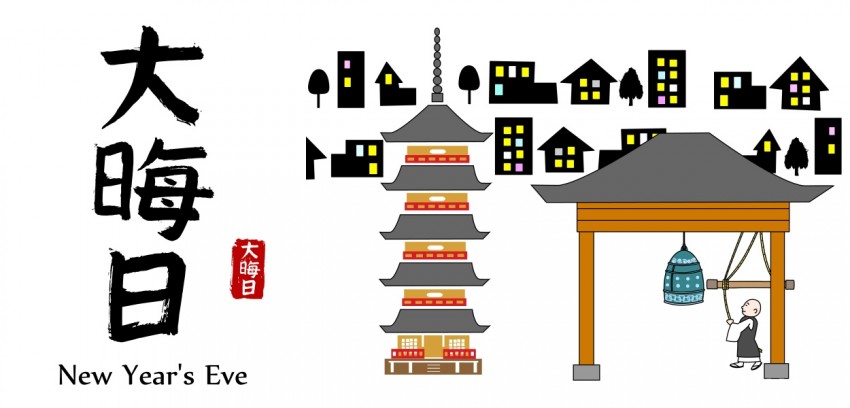
In Japan, the last day of the year, December 31st, is called "Oomisoka". During oomisoka, there are a lot of historic customs that most Japanese people do. In this article, we are going to delve into the origin of oomisoka, as well as how the day is spent in Japan! Once you know, and if you're in Japan around this time, you'll be able to know exactly what to do!
What is Oomisoka?
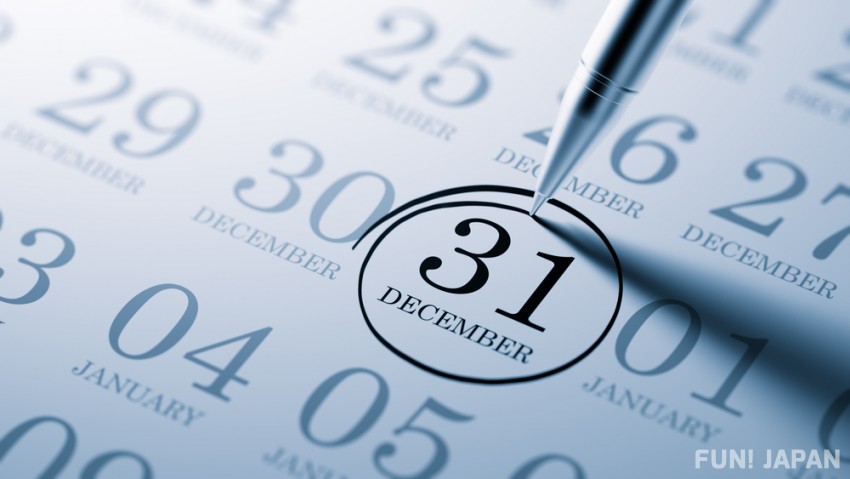
Oomisoka refers to the end of the year, December the 31st. Within Japan's old calendar, "misoka" had the meaning of "final day of the month", which is where the word "oomisoka" meaning the end of the year, originated from. The word "misoka" itself is no longer used in the Japanese language, however, the term "oomisoka" continues to be used to this day.
A Bell is Rung During the Early Hours

On New Year's Eve, there is a bell that is rung 108 times, with the final ring being performed exactly when the new year begins, this is a Buddhist tradition. This is said to be to throw away the old, and welcome the new, it is said that the ringing of the bell purifies of all previous evil passions or worldly desires. There are many opinions on why the bell is rung 108 times, but the most famous being that humans have 108 worldly desires that they must leave behind, hence the 108 rings.
Eating "Toshikoshi Soba"
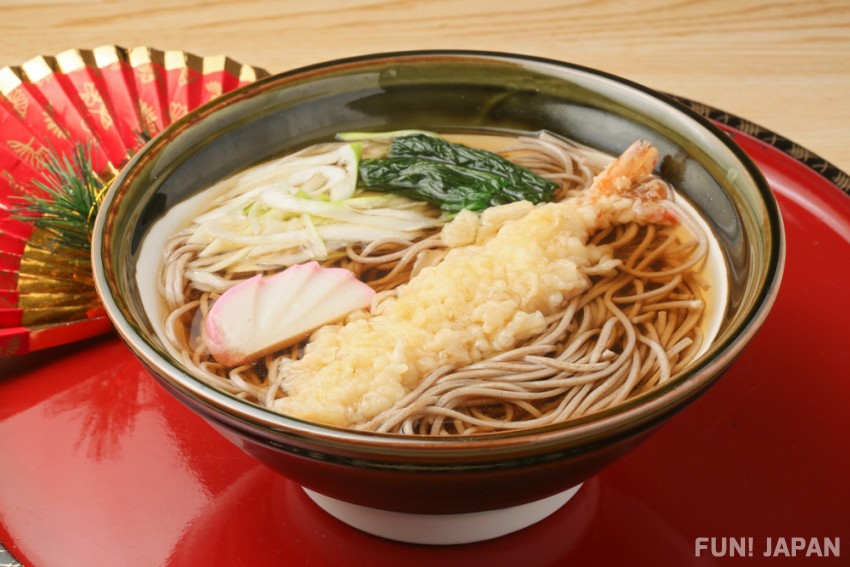
Toshikoshi Soba is something that is eaten during the evening of New Year's Eve, it is something you eat as you advance into the start of the new year. It is said that this custom has been passed down since the Edo period of Japan and provides good omens to those who perform it. But, why soba noodles? Well, this is because the long and thin noodles represent long and healthy life, they're also easy to cut, which is said to help with leaving behind any worldly desires once the new year begins, furthermore, it is even believed that soba noodles will absorb any poison within the body! The final reason is that it is believed that they also bring about good omens in regards to the relationship between you and your family.
Do Your Cleaning in Advance!

There are probably a lot of people reading this who know about Japan's "oosouji" (Great cleaning), this is something that must be completed prior to New Year's Eve. The final sweeping of the year, is called "Hakiosame" in Japanese. However, if you clean after this period, it is said to be "sweeping away your good luck". It's performed to ensure the previous year's uncleanness and impurities are not brought with you into the new year.
Entering a Bath on New Year's Day is Known as "Toshi-no-Yu"
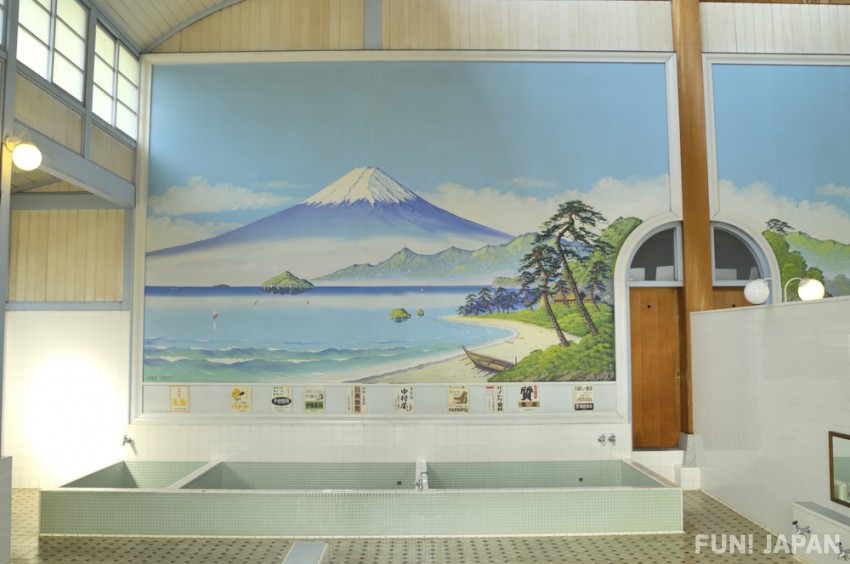
When getting into a bath on oomisoka, it's known as "Toshi-no-yu" in Japanese. Similar to the aforementioned "oosouji", it's believed that you must perform this to rid your body of any impurities from the previous year. There are people who use the bath in their home, and some who visit public bathing facilities.
You can also see the annual contest between male and female popular singers on New Year's Eve (sponsored and broadcast by NHK), and recently, countdown events in popular areas such as Shibuya Scramble Square and other business districts. These are not historic customs, but more recent culture, and if you get the chance to visit during this time of year, we would highly recommend trying out this very 'Japanese' way of life.
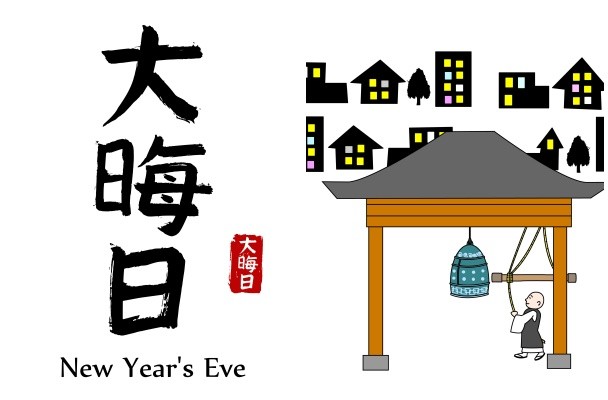
Comments